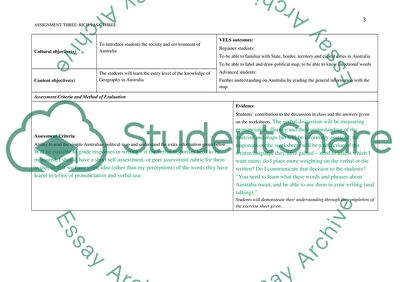Cite this document
(“SWOT Analysis of Lesson Plans Assignment Example | Topics and Well Written Essays - 3500 words”, n.d.)
Retrieved de https://studentshare.org/education/1391490-swot-analysis-of-lesson-plans
Retrieved de https://studentshare.org/education/1391490-swot-analysis-of-lesson-plans
(SWOT Analysis of Lesson Plans Assignment Example | Topics and Well Written Essays - 3500 Words)
https://studentshare.org/education/1391490-swot-analysis-of-lesson-plans.
https://studentshare.org/education/1391490-swot-analysis-of-lesson-plans.
“SWOT Analysis of Lesson Plans Assignment Example | Topics and Well Written Essays - 3500 Words”, n.d. https://studentshare.org/education/1391490-swot-analysis-of-lesson-plans.


